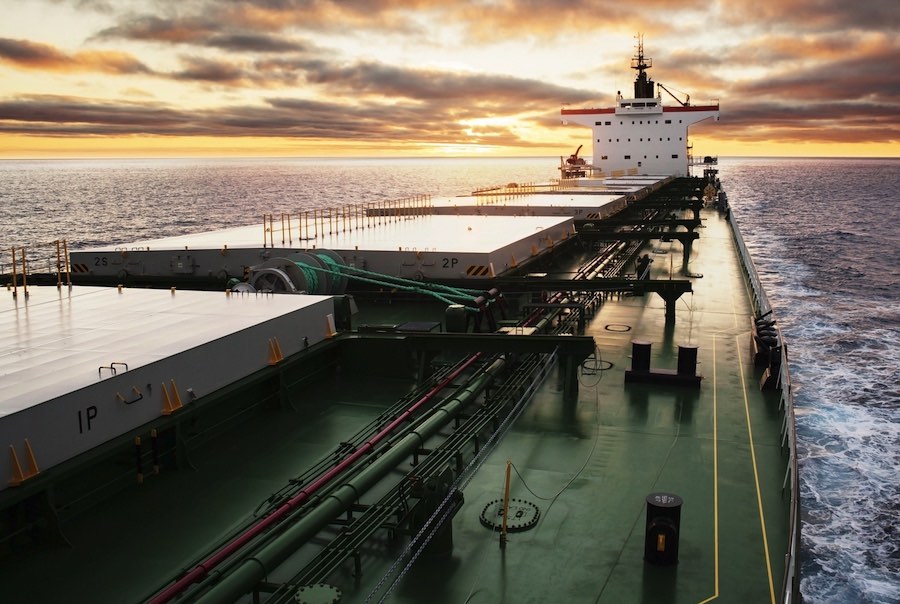Good vibrations for dry bulk
China's Economic Growth Surpasses Expectations

China’s economy showed resilience in the second quarter of 2025, achieving a growth rate of 5.2%, slightly down from 5.4% in the first quarter but surpassing the anticipated 5.1%. This growth was bolstered by limited tariff impacts, allowing the economy to exceed the government’s target of 5.0%. However, consumer confidence remains shaky, as evidenced by a decline in domestic retail sales, which grew by only 4.8% in June compared to 6.4% in May. Meanwhile, the electric vehicle (EV) market continues to thrive, with sales rising by 32% year-on-year in the first half of the year, making EVs account for half of all passenger car sales in China.
Shifts in Import Demand and Production Trends
China’s import demand for non-ferrous ores, particularly bauxite and battery metals, is expected to rise, which will support dry bulk demand. In June, aluminium production increased by 3.4% year-on-year, while the first half of 2025 saw a similar growth of 3.3%. In contrast, steel production faced challenges, with a month-on-month decline of 3.9% and a year-on-year drop of 9.2% in June, totaling 83.18 million tonnes. The total steel output for the first half of 2025 was 514.8 million tonnes, reflecting a 3% decrease compared to the previous year. Interestingly, iron ore imports rose by 8% in June, reaching 106 million tonnes, as Chinese buyers capitalized on falling prices, which dipped to $93.35 per tonne on July 1 before rebounding to approximately $98 by mid-July.
In the shipping sector, dry bulk carrier operators have experienced a positive July, despite the Baltic Dry Index’s monthly average lagging behind June’s figures. The Baltic Capesize Index surged by 43% in July, climbing to 3,021 points, recovering from previous declines. Analysts are optimistic about this momentum, hoping it will push the index above its previous peak of 3,660 points recorded on June 17. Brokers report a steady balance of supply and demand, indicating potential for further growth in freight rates, particularly for routes like C5 (Port Hedland to Qingdao), which saw rates soar from $7,904 on June 27 to $23,836 by July 17. Additionally, rates for shipments from Brazil to China increased by 32% during July, reaching $22,068.
Drewry’s World Container Index increased 12% to $4,716 per 40ft container this week
Freight Rates and Market Dynamics
Panamax freight rates have also seen a significant uptick in July, with the P5TC average on July 17 reaching $17,399, marking a 29% increase from $13,502 at the end of June. This rise is attributed to robust South American grain exports and increased Chinese thermal coal imports. In the Atlantic, the daily Time Charter Equivalent (TCE) for ships operating from the Skaw/Gibraltar range to South China and Japan rose by 30%, from $20,367 on June 30 to $26,450 by July 17. Rates for shipments from the US Gulf to Qingdao via Panama climbed 34% to $25,673 during the same period, while rates from Santos to Qingdao increased by 27% to $17,289.
The positive trend extended to the geared bulker market, where a 63,000 dwt bulker’s round voyage from China via Indonesia improved by 37% to $13,793 in the first half of July. The trip from China to India also saw a 31% increase, reaching $16,818. Rates for agricultural cargo from the US Gulf to China surged by 46% to $28,418, while shipments from South American Atlantic ports to China rose by 39% to $21,771. Ultramax bulkers in the Atlantic experienced similar gains, with the eastbound voyage from the US Gulf to Northwest Europe improving by 42% to $29,021.
Handysize bulker earnings have also rebounded, with the H7 index rising by 6% in July to $12,066. In the Atlantic, the TCE for voyages from Northwest Europe to the US Gulf increased by 8%, while the return journey saw a slight decline. Overall, the bulker market is expected to gain momentum as the third quarter progresses, with July already proving to be the best month of the year for shipping owners.
